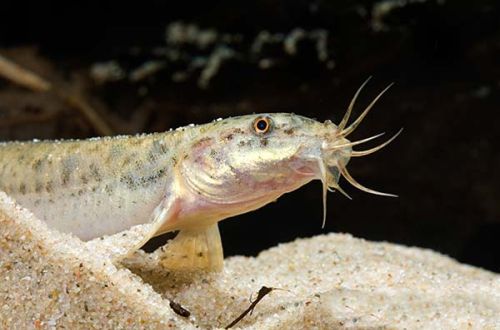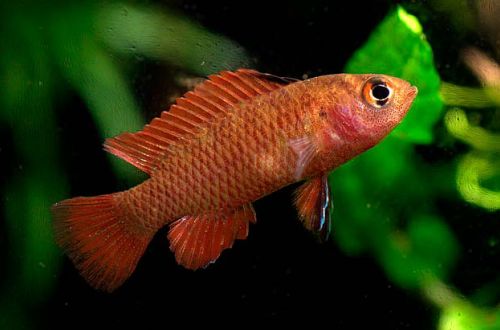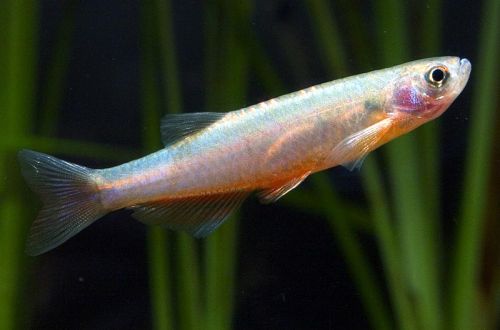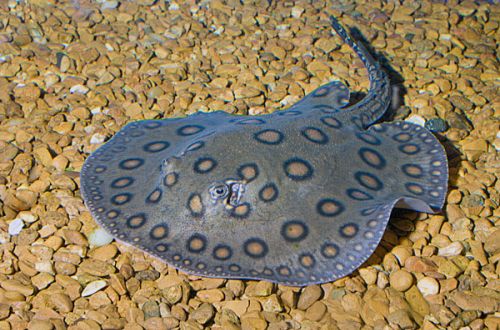
Amur loach
The Amur loach, scientific name Misgurnus anguillicaudatus, belongs to the family Cobitidae (Loaches). A fairly common fish, but primarily known among anglers, as it is a popular bait. Rarely found in aquariums. Considered easy to keep and will make a great addition to a community of cold water (non-tropical) species.

Contents
Habitat
The original habitat extended to the regions of the Far East: eastern Siberia, Sakhalin Island, North and South Korea, Japan, China, northern Vietnam. Currently, the species has spread (artificially introduced) to new continents and is now found in Australia and North America (USA and Canada).
Inhabits shallow streams and slow-flowing rivers, lakes, swamps, and rice fields. Prefers areas of reservoirs with dense coastal vegetation and soft sandy substrates.
Description
Adults reach a length of up to 28 cm. The fish has an elongated snake-shaped body. Sand color with rows of dark speckles. On the head near the mouth are four pairs of sensitive antennae. The fins and tail are short and translucent.
Brief information:
- The volume of the aquarium – from 200 liters.
- Temperature – 5-25°C (optimal 17-23°C)
- Value pH — 6.0–8.0
- Water hardness – soft to medium hard (1-12 dGH)
- Substrate type – soft sandy
- Lighting – subdued
- Brackish water – no
- Water movement – little or no
- The size of the fish is up to 20 cm.
- Food – any sinking food
- Temperament – peaceful
- Content alone or in a group
Food
In nature, they feed on small invertebrates such as insect larvae, small crustaceans, worms, etc. In a home aquarium, live or frozen food, such as bloodworms, brine shrimp, small earthworms, etc., should be served as an alternative. Alternatively, it is allowed use dry sinking food (flakes, granules) rich in protein.
Maintenance and care, arrangement of the aquarium
The optimal size of the aquarium for a group of 3-4 fish starts from 200 liters. The width of the reservoir is more important than its depth. A mandatory design element is soft sandy soil, in which the Amur loach will sometimes burrow, leaving its head on the surface. Stony, pebbly substrates should be excluded.
In the design, it is also recommended to use aquatic plants, driftwood and other natural or artificial elements for decorating the aquarium. They are placed in such a way as to form places for shelters.
Due to active digging, live plants should be planted in pots.
The content is simple. Due to its unpretentiousness and endurance, this species is able to live in a very wide range of conditions. The only thing to remember is that this is not a tropical fish, so it should not be in warm water for a long time. An unheated aquarium with subdued lighting will be a great place to live.
Behavior and Compatibility
Compatible with other species of comparable size that can live in relatively cool water. Breeding varieties of Goldfish will become good neighbors.
Breeding / breeding
Reproduction in an artificial environment is rare. For commercial purposes, the stimulus to spawning is the introduction of hormonal drugs.





